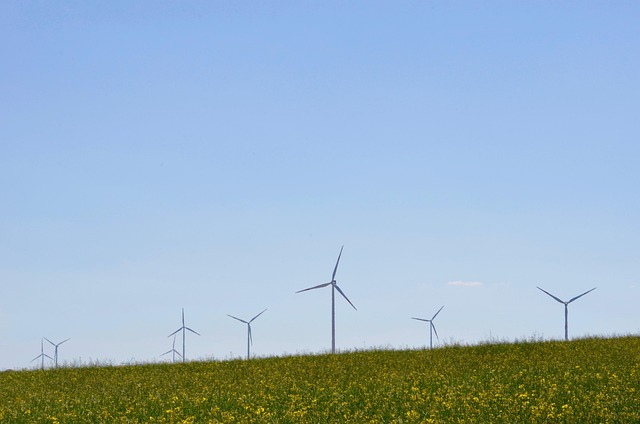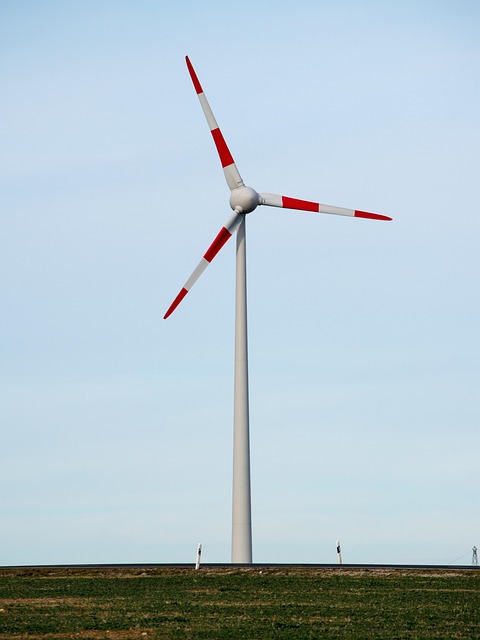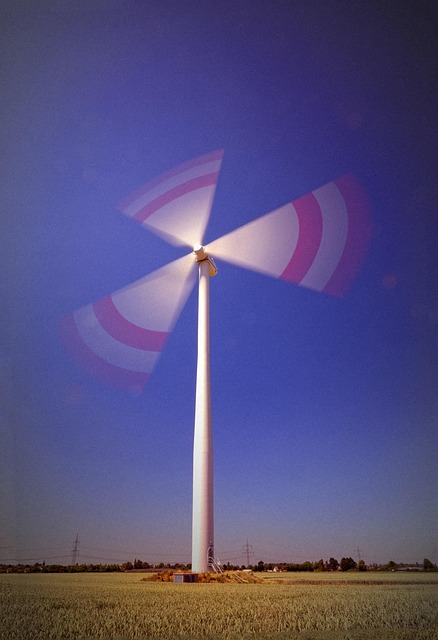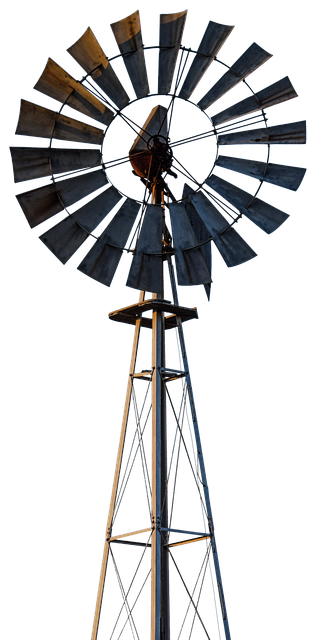Wind Power Today: Innovations That Are Shaping Tomorrow
The quest for sustainable energy has never been more pressing, given the current climate crisis and the need for energy independence. Wind power, with its vast potential and rapidly advancing technology, is at the forefront of the renewable energy revolution. In this article, we will explore the innovations in wind energy that are shaping its future, including advancements in turbine design, integration with smart grids, and offshore developments, among other trends.
The Evolution of Wind Turbines
Modern wind turbines have come a long way since their inception. Traditionally, these turbines were limited to small-scale applications or were only feasible in areas with strong, consistent winds. Today’s wind turbines are designed to harness energy more efficiently, significantly increasing their output and making them suitable for a broader range of locations.
Design and Engineering Innovations
One of the key innovations in wind turbine technology is the improvement in design and engineering. Advanced materials such as carbon fiber and innovative blade designs have led to lighter, yet stronger turbines. These advancements enable the creation of larger blades that can capture more wind energy, thus generating more power.
Additionally, smart turbine systems equipped with sensors and artificial intelligence optimize performance. These systems monitor wind speed, direction, and turbine efficiency in real time, allowing for adjustments that enhance energy output. This integration of technology not only improves performance but also increases the lifespan of the turbines, making them more cost-effective over time.
Offshore Wind Farms: The Next Frontier
Offshore wind farms represent one of the fastest-growing segments of the wind energy market. The absence of land constraints allows for the installation of larger turbines that can generate significantly more energy than their land-based counterparts. These offshore turbines benefit from higher and more consistent wind speeds, translating to greater efficiency.
Floating Wind Turbines
Among the varied innovations in offshore wind technology, floating wind turbines are particularly noteworthy. Unlike traditional fixed turbines, which are anchored to the seabed, floating turbines can be placed in deeper waters where wind resources are optimal and land-based conflicts are minimized.
This technology is opening up new markets for wind energy, as regions previously thought impossible for development, due to water depth and distance from shore, are now accessible. Countries like Norway, Scotland, and the United States are already investing in floating wind farms, which could lead to a significant increase in global wind energy production.
Smart Grids and Wind Energy Integration
The integration of wind energy into the existing electrical grid is another area experiencing innovation. As wind power becomes a larger part of the energy mix, utilities are adopting smart grids that can accommodate variable power supply from renewable sources.
Energy Storage Solutions
Energy storage systems, such as batteries and pumped hydro storage, are essential for balancing supply and demand. These systems can store excess energy generated during windy periods and release it when demand is high or wind conditions are not favorable. Innovations in battery technology, particularly lithium-ion and flow batteries, are making energy storage more efficient and economically viable.
Grid Management Technologies
Software solutions and advanced algorithms are being deployed to improve grid management, enabling better forecasting of wind patterns and energy demand. Artificial intelligence and machine learning play crucial roles in predicting when and how much power will be generated by wind farms, allowing grid operators to make informed decisions to maintain reliability.
Community Engagement and Policy Innovations
Innovation in wind power is not limited to technology alone; community engagement and policy frameworks are equally important for the successful deployment of wind energy projects. As public perception of renewable energy shifts, more communities are recognizing the long-term benefits of wind projects.
Local Ownership Models
Community-owned wind farms have gained traction in various parts of the world. These models not only provide energy but also create local jobs and contribute to economic development. Involving local stakeholders in the planning process fosters acceptance and often leads to smoother project implementation.
Incentives and Government Policies
Government incentives, such as tax credits and feed-in tariffs, are crucial for promoting wind energy development. As countries set ambitious renewable energy targets, policies that support innovation and investment in wind power become essential. For example, the United States’ Production Tax Credit (PTC) has been instrumental in driving growth in the wind energy sector, spurring research and development in new technologies.
Environmental Considerations and Biodiversity
While wind power is a clean energy source, its installation and operation can impact local wildlife. Innovations in turbine design and placement aim to minimize these effects. Researchers are developing bird and bat detection technologies to monitor and adjust turbine operation during high-risk times, reducing wildlife interactions without sacrificing energy production.
Climate Change Mitigation
Wind energy plays a pivotal role in reducing greenhouse gas emissions. As wind power consumption increases, coal and gas dependency decreases, leading to cleaner air and less environmental degradation. Advancements in efficiency and deployment ensure that wind energy can continue to make a significant contribution towards combating climate change.
The Future of Wind Power
As we look to the future, the wind power industry is poised for even greater advancements. Researchers and engineers are exploring hybrid systems that combine wind, solar, and energy storage technologies to create fully integrated renewable energy solutions. The focus on sustainability will advance technologies, improve efficiency and lower costs, making wind energy one of the most competitive energy sources on the market.
Global Markets and Investment
The investment landscape for wind energy is growing, with both institutional and private investors recognizing its long-term potential. As more countries commit to net-zero targets, the demand for wind energy will continue to rise, positioning the industry for unprecedented growth. Countries such as China, Germany, and the United States are leading the charge, investing billions in wind energy infrastructure and innovation.
Concluding Thoughts
Wind power is not just a trend; it is a significant player in the global shift towards renewable energy. Innovations and technologies continue to reshape the landscape, making wind energy more accessible, efficient, and acceptable. The excitement surrounding these developments is palpable, as they promise to redefine energy production for generations to come. Wind power today is not only about harnessing air; it is about propelling us into a sustainable future, one revolution at a time.



